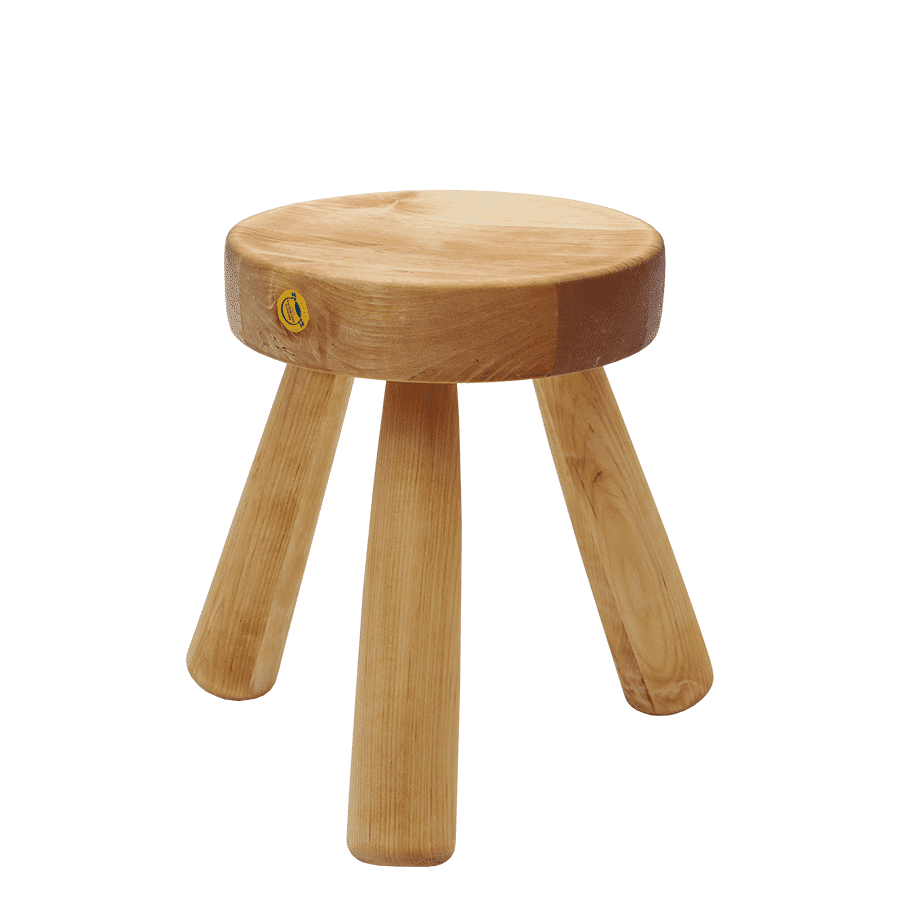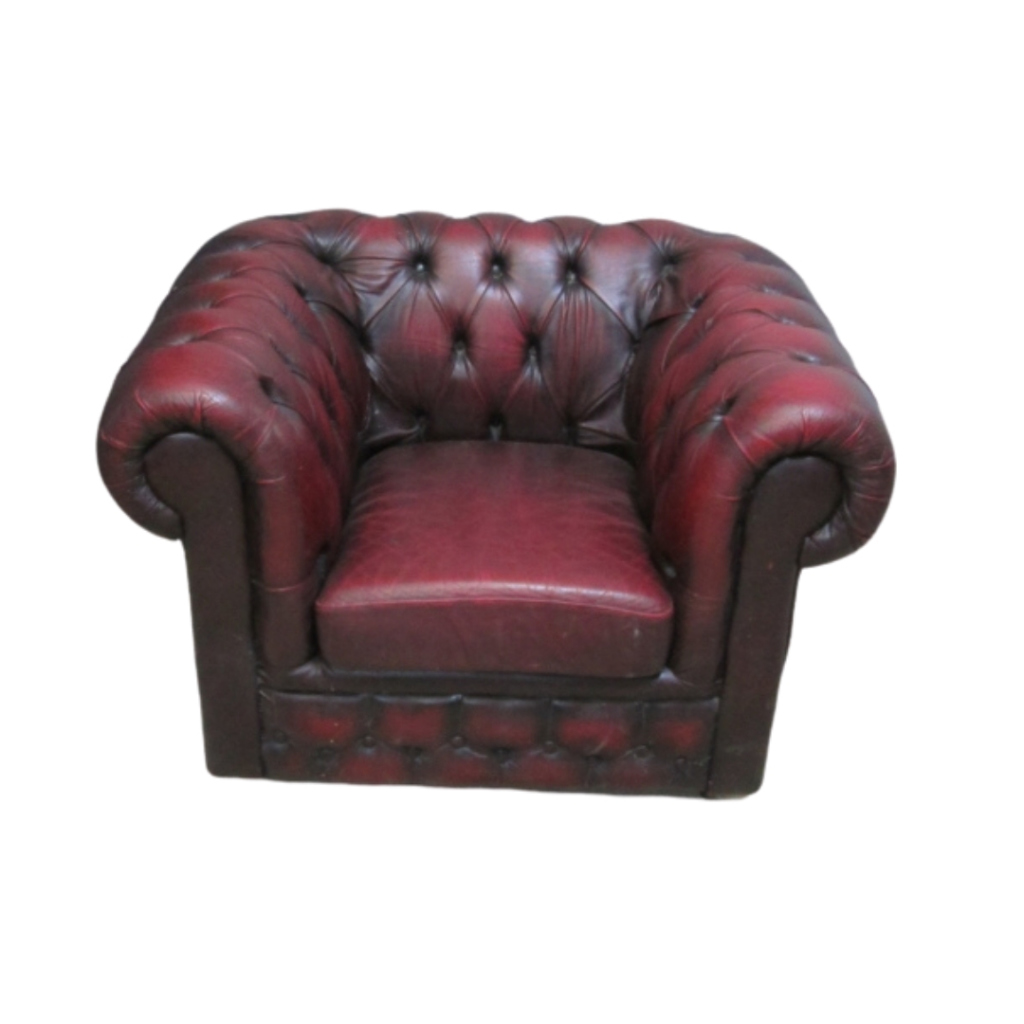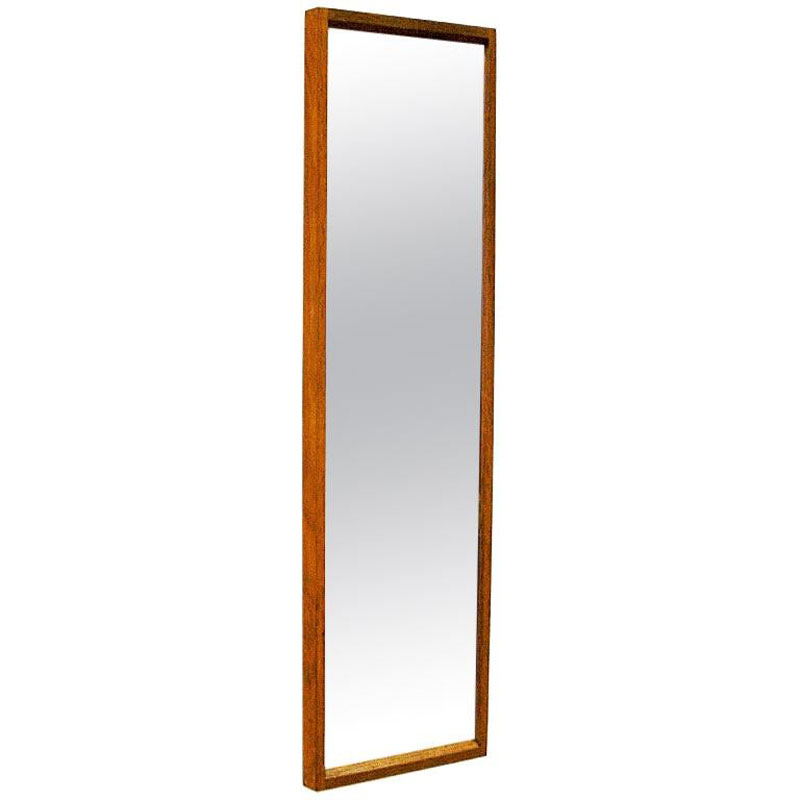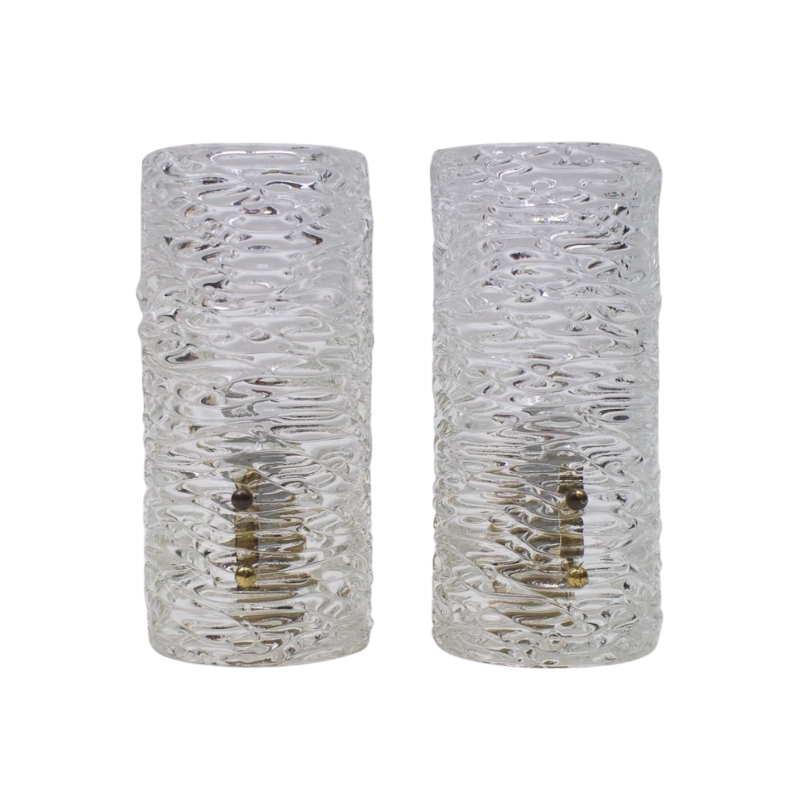Luckner's currently have an early Brazilian rosewood desk by Bodil Kjaer on auction. It was immortalized when it appeared in "You Only Live Twice" and "From Russia With Love".
Though the desk is very famous, information about it is quite limited. Does anyone know what the model number is?
http://www.luckners.com/auction.aspx?Selection=NewLots&AuctionID=3696
May I disagree?
This is without any doubt a very nice desk...although nobody designed as well for flat steel as Poul Kjaerholm...but it belongs to a certain time, in this case late 50ties. So I am not convinced that it is "about time" to re-introduce it. Strength in design is to be able to translate the culture, preferences and the priorities of a certain period.Bodil Kjaer did it well for and in 1959. The relevance in 2006 is what? other than not having enough imagination to do it as well but within the culture, the technologies and preferences of 2006.
What?
It was only 47 years ago. When looked at through the lens of history, time becomes compressed. Looking back from some future time, that 47 year difference will be completely negligible and any new modern desk designed in 1959 will be looked at in the same or similar context as one designed today. Not like one from some different epoch.
Regardless, do you really think we have some void of good design since 1959?
I guess I don't understand what point you're trying to make.
PS. Nobody posted "about time" before your post.
Who are you quoting?
ChrisG, Luckner's wrote "det...
ChrisG, Luckner's wrote "det var paa tide" which is Danish for "about time". How did you end up in the UK with your own auction house, Luckner's? 🙂 Vi er ikke så mange danskere herinde.
I like Bodil Kjaer's office furniture but I don't quite like the idea of relaunching it either so I'm behind Koen here.
FYI, the relaunch will consist of her office series, her sofa + armchair and the tea trolley.
BTW, Vitra's LTR tables by C. Eames suck! HM's version is far superior but then why are we Europeans stuck with this crap?
Are you going to Louisiana's huge retrospective exhibition about Kjærholm, Koen?
Sorry about the Danish
Hi everyone,
I'm sorry I wrote "about time" in Danish, I just got so excited when I saw a fellow Dane.
Having heard the different views on re-introducing the desk I must say I don't rally know any more. Should classics be left as they are, or should they be re-introduced because people love them so much? In any event, I would prefer to see an original re-introduction, than some oppertunitists doing a rip-off model like we see with the Barcelona chair (amongst others).
Andersen: To answer your question, I've lived in the UK on and of since the age of 9. Always loved antiques and modern design. 6 years ago I went to Copenhagen to work for the first Internet auction house in Denmark, and then 2 other auction houses. Finally I decided to move back to London to open the first Internet auction house in the UK. The model is based on the Danish version, just with a bit more uniformaty and expertise. (Well the expertise is for you to decide). How come you know such a great deal about design?
http://www.luckners.com
Dear Chris and all.
Let's see, where should I start...Yes seen from a distance in time, 1959 would not be that far and yes it will take soem time before Norman Foster is out-dated. My reaction is inspired by two major considerations. The first one is that dates do not tell the whole story. You might find 1959 very close and I to, have very little trouble remembering what I was doing and what I was studying at the time and yet...Spoutnik (the first satelite) and Laika (the first dog in space...and because of that probably "..the most important dog of all times...")was only two years earlier. We did not know or even expect that computers would one day be the size of a laptop or made for individual use...and if the information would have been available I do not think that it was a priority for desk designers. One can say more or less the same thing about our vision of managment. The user of this particular desk was still a power of authority, and probably quite paternalistic compared with "his" collegue in 2004 ("his" because in 1959 it was most certainly not a woman). The desk is a reflection of that time. I would love to go into details like the the choice of rosewood, or even more so the detail of the spacer that lifts the wooden double desk upp from the frames. In order to create this succesful visual effect the designer chooses to weld an extra flat piece of steel on the frame. (Which inspired my remark that Poul Kjaerholm would have done this better, he would have crossed the flat bars) My suggestion is that this reflects a certain period (where labor costs, even in Denmark) were not considered the same way we do it now. So, yes time is relative...My other point is a more complex one and should be read in light of the essay I wrote on originality (somewhere else on this site) It deals amoung other things with ones commitment to a particular product. What disturbs me more about the re-edition is not the re-edition as such but the fact that the production was at one point discontinued. In the "better" world that I envisioned, both the designer and the manufacturer would show their commitment to that particular product by improuving it, and in doing so a re-edition would not be necessary.
...and sorry for assuming that we all know a few words of Danish.
Wow, how...
Wow, how fascinating!
Well, to make it short, I grew up with two parent who were both very commited to interior decoration. My parents house was featured many times in the largest Danish design magazines. My father worked as a graphic designer since he was 19 (with no education) and I think he got his interest for modern furniture when he worked briefly for France & Son creating their ads. They, and several other furniture companies used to pay him with furniture instead of money, often those he took pictures of. He has a very keen eye for creating balance using colours and shapes which made Simon Spies pick him and a American architect to decorate his personal office in Spies' headquarters. So I grew up with furniture by Finn Juhl, Hans J. Wegner, lots of Poul Kjærholm and Italian design, art everywhere etc. When you're used to that, it's impossible to choose the easy way and shop at IKEA. So I started collecting furniture, art and design objects myself at age 16 and since then I've bought and sold furniture myself to earn a little extra (or a lot, actually!) while going to school. Now I'm soon to be a furniture designer myself. I'm 24. Design is my passion #1 and I often read modern design auction catalogs instead of the morning paper when I eat breakfast. I read a lot so through the years I've obtained a great knowledge which is quite handy at the various fleamarkets I go to every week. However, I'm still learning and I don't think it will ever stop. I often write to shops and auction houses in Denmark when I spot a piece of furniture listed under the wrong designer's name and so on. It's fun, I think. You have to know the past to understand the present and thereby predict the future, right?
This first auction house in Denmark you talk about, Luckner's, is that Lauritz.com? I've been considering applying for a job there since I really would like to use my knowledge and learn even more.
I could be wrong here, but...Pt. 1
Koen seems to me to be saying effective design ought to emerge from and meet the needs and sensibilities of the time in which it is made. Some eastern epigram says: you can't put your foot in the same river twice. I know. Sighting it is perhaps mastering the obvious. But I would add for emphasis, even if you try.
Today may look like yesterday, or 47 years ago, or 2500 years ago, but it isn't. And even if artifacts continue to work long after their genesis, which many do, and hopefully more and more will, that does not mean they remain the most effective possible reconciliation to today's and likely tomorrow's circumstances.
Yes, there are designs that are hard to fundamentally improve upon. But every time I've explored the design process with Koen, I have been amazed at just how complex it is and just how many places along the design line that improvements more fitting to the present can be made.
It strikes me as almost naive (and perhaps quintessentially American even) to think that design can or should be copied intact from the past as a solution to today's problems of function and context.
I could be wrong here, but...Pt. 2
Japanese cars are the best cars (regardless of how you respond to their aesthetics, which are getting better too), because they are relentless fanatics about constantly seeking out even the smallest improvement feasible each year. Over time, the tiny improvements accumulate to something superior, because their engineers, designers, management and employees continue to sweat the details.
American culture likes revolutionary ideas and big leaps of progress (perhaps because we were born of revolution), and then we seem to like to live on our laurels. Maybe all cultures do at some time or another and we are just at that moment on the life cycle of a society. Regardless, I think this streak in Americans can push us to some pretty huge accomplishments, but it can also seduce us into some pretty stupid short cuts. Copying old products, rather than doing the hard work of contemporary design, seems one of those foolish shortcuts to me.
IMHO, we live in a context of emerging complexity at present (and probably it is always more or less the case, since no one has ever been very good at predicting the future accurately). So: what ever your approach is to designing for this emergent complexity, i.e., whether you reach back to the past for forms to carry forward, or whether you apply your techniques and knowledge of the past and present forms and functions to design something far less precendented, it seems to me quite desirable and sensible to let contemporary problems, sensibilities, market constraints, materials, manufacturing technology and, dare I say, gestalt, suffuse, inform and alter today's work.
Effective design, design beyond the pedestrian, design that moves along with humanity on the fitful path of its evolution, necessarily requires, along with skill, knowledge, imagination and taste, multi-dimensional authenticity to the moment for maximum, or even satisfactory fit, again IMHO.
To produce copies and say that copying is the gestalt of the moment, seems an immitative fallacy; one that prevents humans from having the best fitting products that designers can provide them at any given time.
No, we can't have everything remade new constantly. Nor should we. Human's like and appear to flourish with some continuity in things. But things that need replacing, ought to be designed authentic to the moment. Copying old designs to replace currently worn out designs, instead of designing anew, seems like constantly cutting down old growth trees without planting any new ones. I know. Metaphors are not operational explanations. But some subjects are difficult to think about constructively without some use of metaphor and I think design is one of them at times. So bear with me.
I could be wrong here, but...Pt. 3
A forest ecology shrinks and grows less diverse, robust and capable of sustaining itself over time if trees are cut and not replanted, or replanted with the same undiversified species and age of tree. I suspect, but cannot prove, of course, that something similar would occur to a design ecology, if good designers embraced copying and ceased trying to design authentically to the moment. Designers rewarded largely for copying the past would find their skills to design authentically for the moment would tend toward atrophy. The world of things we live with would grow increasingly boring and illfitting, not only because of rising sameness, but because of dwindling newness and a rising alienation between human beings sense of the present need and the disconnect between that and the copies of old designs they would live with to increasing degree.
FWIW, Koen appears to me to have a philosophy that design is not merely supposed to produce a good cup, it is supposed to produce a good cup that doesn't contribute unnecessarily or thoughtlessly to leading to our own declining health, sense of beauty, standard of living and quality of life, or for that matter to our own destruction. He appears to me to advocate designers designing authentically to the moment to the best of their abilities and knowledges of the past and present risks and benefits as the most rational and responsible path to fulfilling the design function consistent with that philosophy. At the very least, it makes sense.
I could be wrong here, but...Pt. 4
But it also demands a breadth and rigorousness of thought, training, and experience to do well. And that requires an ethic--a master craftsmen ethic. The ethic of the master craftsman lost something when it made the jump to America from Europe. Oh we have been blessed with a good many brilliant master craftsmen in many fields over our two plus centuries. But we have never taught it in our schools. We have never systematically subsidized its perpetuation. IMNO, it ceased being a societal ethic at all and became an ideal. Ideals are nice, but they are not operational. An ethic, if you've ever worked with a master craftsman, or for that matter with an American who has the protestant work ethic generally, is operational and powerful in effect. Things get done with the prostestant work ethic. Things get done as well as they can be done, given constraints, with the master craftsman ethic. Both ethics together can yield potent results in the field of making things.
I would speculate Koen came from Europe conditioned with the master craftsman ethic, whether he knows it or not (he probably does know it) to the now Not-So-New World and has, over time, become a bit alarmed at the degree of its dilution here--maybe over there, too. He tries to revive other's awareness of it here and there in posts on this sight, not in an oppressive way, but rather in a nudge. Say, he seems to say, do you happen to remember the ethic of the mastercraftsman. It might be appropriate and illuminating as a way of thinking about this or that particualr problem.
A master forger will make you what you want, if what you want is a masterful copy.
A mastercraftsman (probably I should have been saying mastercraftsperson since woman can be every bit as good at this game as men, and so my apologies to anyone I've offended) will make you what you want, if you want something contemporary to his time and skills and materials. He will infuse it with the present even if what results looks a bit old fashioned, too painstakingly arrived at, or not neccessarily the most popular possible conceit to you. He is afterall limited to the mind inside his head. But that one mind will produce some new seed stock. Something fresh, whether you want fresh or not. His/her mind represents one particular foot in the river. Humanity is vastly the better for it.
I think Lauritz is Wrong for you
Andersen: Obviously I don't know what you want or don't want, but I could have written what you just did. We have a lot of things in common; one of them is an "original" interest in design/ antiques. Yes it was Lauritz I worked for and to put it briefly, the concept is in my opinion the future of the auction industry, but the don't care in the least about expertise. One of the reasons I left was because the management was content in hiring people who actually have no clue what they are doing. I STRONGLY BELIEVE, THAT IF YOU ARE GOING TO CHARGE PEOPLE A LOT OF MONEY FOR SELLING THEIR DESIGN/ ANTIQUES, YOU BETTER KNOW WHAT YOU'RE DOING. Otherwise you should join the "happy go lucky" ebay seller gang.
I too began writing Lauritz about their mistakes, but they simply don't care. If you want to work for an auction house in Copenhagen I'd say Museumsbygningen is your best choice. They are very professional and it is the only auction house I trust in CPH.
Lastly, if you are ever in London, come by. I'd love to have a chat. Or give me a call.
http://www.luckners.com
If you need any help, please contact us at – info@designaddict.com










